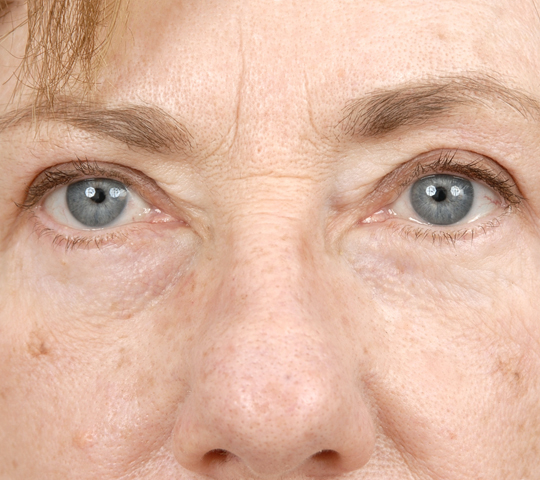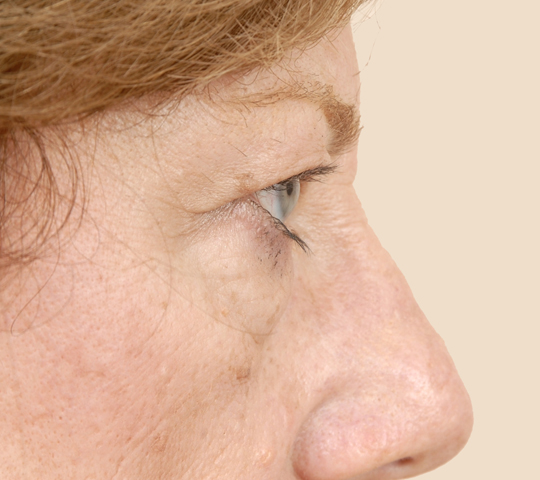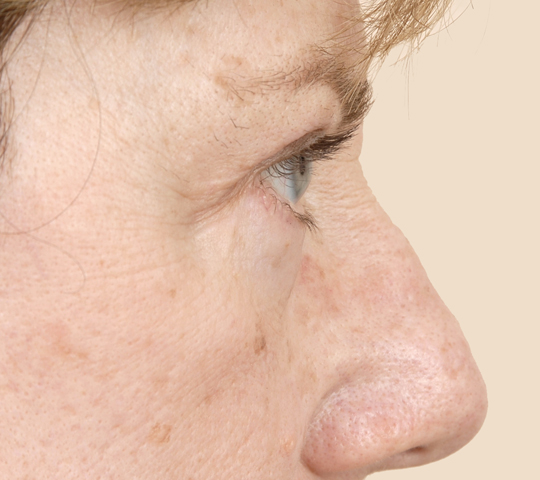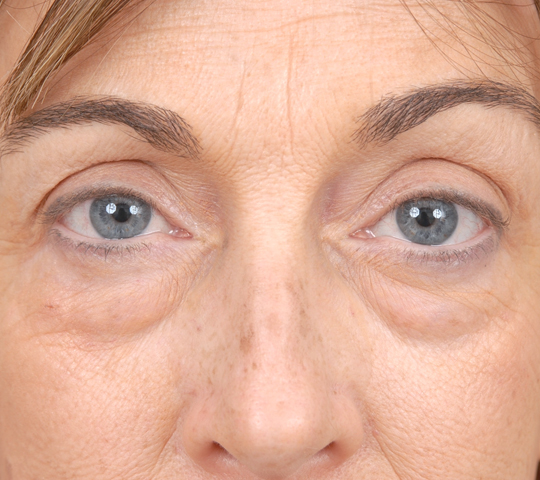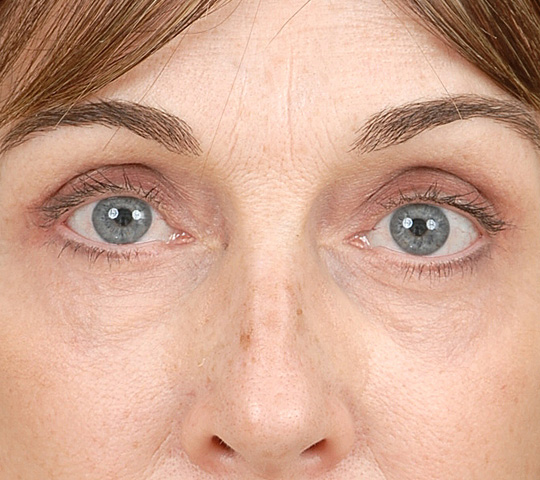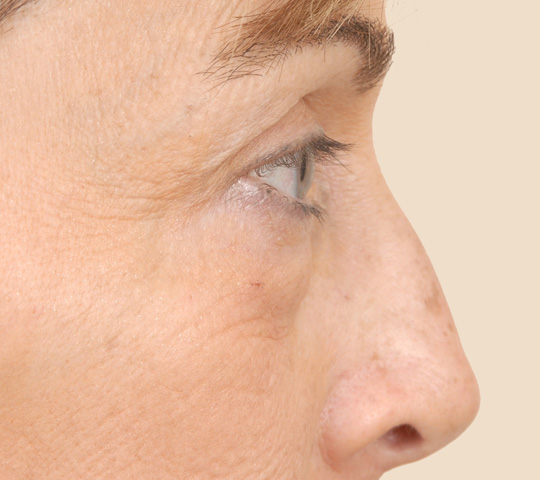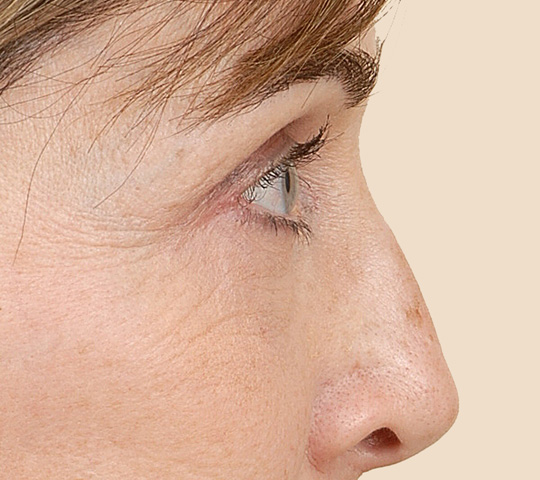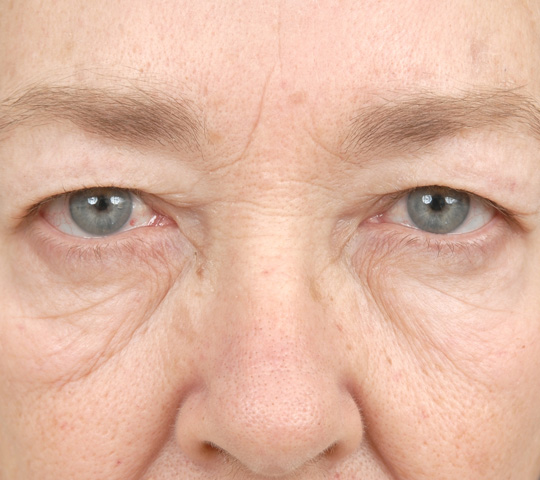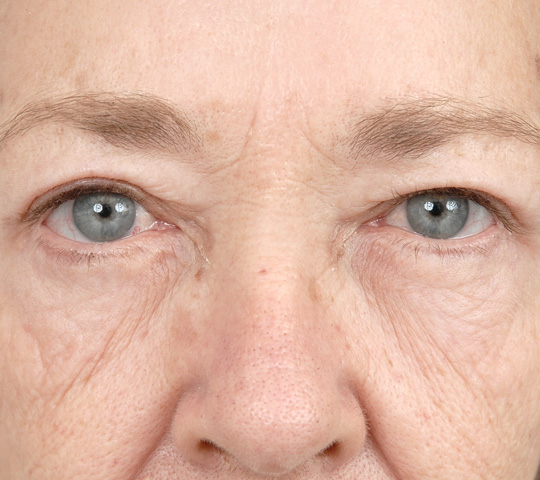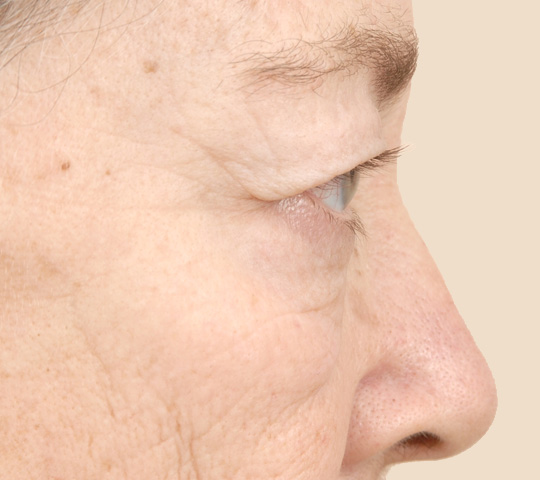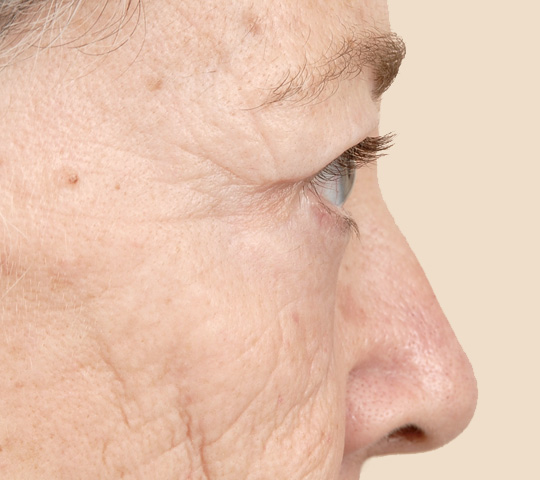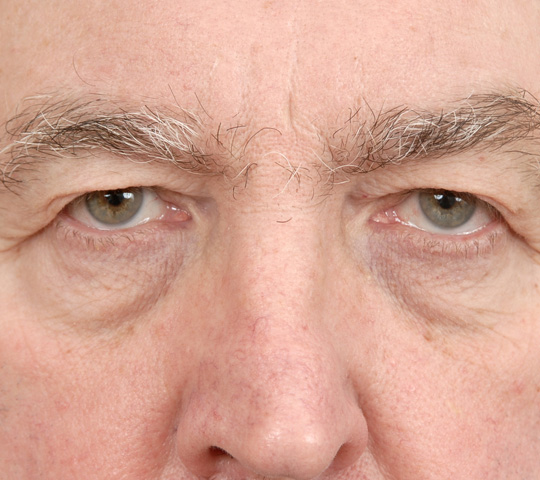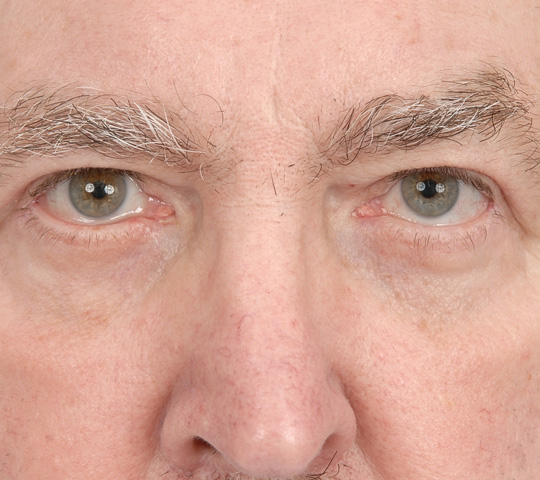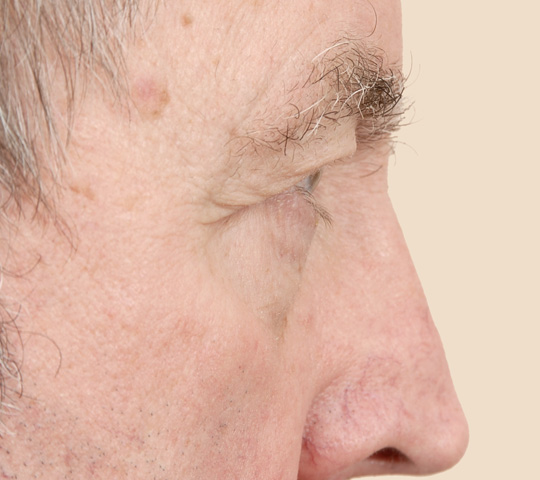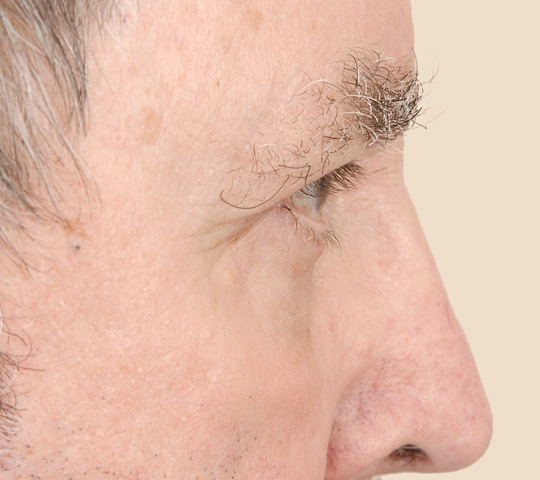Overview
What is blepharoplasty?
A tired or sad appearance of the upper or lower eyelid is common and one of the first signs of facial aging. In your upper eyelid, this generally involves extra skin which hides the upper eyelid crease and makes applying eyelid makeup difficult. In your lower eyelid, bulges or bags can appear. Aging may result in narrow or squinty eyes or dark circles under your eyes.
Procedures on the upper eyelid involve removing skin. For the lower eyelid, fat is removed or repositioned to fill in hollows below the eye.
The position of your eyebrow and eyelids are related. As your eyebrows drop, additional, excess skin can be added to your upper lids. So, your surgeon may suggest an eyebrow lift in addition to removing excess upper eyelid skin.
The primary cause of lower eyelid aging is lower lid bags and dark circles. Protruding fat causes these bags. Excess pigment in the skin causes the dark circles.
Additional related problems include low eyebrows, drooping of your upper lids or downturned outer corners of your eyes.
Surgeons at Cleveland Clinic Cosmetic & Plastic Surgery Center offer a total care approach to ensure a rejuvenated appearance to the area around your eyes, resulting in a more rested, alert look.
Why choose us?
When considering blepharoplasty or eyebrow surgery, choose a surgeon with significant experience in eyelid surgery. Friends, family members or an internist or primary care provider are often helpful in suggesting the best surgeon.
For the best results, choose a cosmetic surgeon who’s affiliated with a major medical center, such as Cleveland Clinic. Make sure to ask your cosmetic surgeon about their credentials, training and how many procedures they’ve performed.
How to Prepare
Am I a candidate for eyelid surgery (blepharoplasty)?
Candidates for eyelid surgery include:
- Healthy people who don’t have life-threatening illnesses.
- People with a positive outlook and specific goals in mind for blepharoplasty.
- People without serious eye conditions.
The first step in learning if you’re a candidate for eyelid surgery is to schedule a physician consultation at Cleveland Clinic Cosmetic & Plastic Surgery Center.
You should tell your cosmetic surgeon if you have any of the following medical conditions:
- Eye disease, such as glaucoma, dry eye or a detached retina.
- Thyroid disorders, such as Graves’ disease and under- or overactive thyroid.
- Cardiovascular disease, high blood pressure or other circulatory disorders.
- Diabetes.
How do I prepare for eyelid surgery (blepharoplasty)?
Preparation for your eyelid surgery at Cleveland Clinic Cosmetic & Plastic Surgery Center includes:
- A detailed medical and eye history.
- A physical exam.
- A review of current medications, including aspirin and other blood thinners, your smoking history and any previous surgeries.
What to Expect
How is eyelid surgery (blepharoplasty) performed?
Eyelid surgery can involve your upper lids, lower eyelids or both. If your eyebrows are low, your surgeon may recommend an eyebrow lift.
Upper eyelid surgery
An upper eyelid surgery involves the placement of incisions in the natural crease of your upper lid, making them well hidden when your eyes are open. Your surgeon removes the excess skin and protruding fat and closes the incision. An entire upper eyelid surgery takes about 45 minutes to one hour. Cleveland Clinic Cosmetic & Plastic Surgery Center surgeons may combine upper eyelid surgery with an eyebrow lift to achieve optimal rejuvenation results if your eyebrows are too low.
Lower eyelid surgery
Lower eyelid surgery is generally directed at lower lid bulges (which is due to lower eyelid fat). Your surgeon can remove or reposition this fat to reduce the bulge and smooth the lower lid hollow. They may also remove small amounts of skin.
Surgery can be done by making an incision just below the lash line or within the inside of the lid. This is called a transconjunctival incision. Your surgeon may suggest a combination of both approaches if skin needs to be removed.
If your surgeon uses the transconjunctival approach, there’s no visible incision. If your lower eyelids are lax (as they are in many people who are middle-aged), your surgeon may recommend tightening your lower lids in addition to removing skin and/or fat (canthopexy or canthoplasty).
Eyelid surgery usually takes about two hours if your surgeon completes both upper and lower eyelids at the same time. Typically, you’ll receive local anesthesia combined with conscious sedation (also known as “twilight sleep”) or general anesthesia.
Is eyelid surgery (blepharoplasty) safe?
All surgical procedures carry some risks. Although rare, possible complications from eyelid surgery include:
- Bleeding.
- Infection.
- Dry eyes.
- Abnormal discoloration of the skin of your eyelids.
- An inability to fully close your eyes.
- Eyelid skin that folds in or out abnormally.
- A pulled-down lower lid lash line.
- Possible loss of vision (extremely rare).
Results
What results can I expect?
The end results of your blepharoplasty or eye lift will appear within several weeks. While eyelid surgery won’t stop your eyes from aging, the procedure is typically very long-lasting. The effects of upper eyelid surgery can last many years to an entire lifetime, while lower eyelid surgery rarely needs to be repeated. Life-long sun protection is very important to maintaining your results. View our blepharoplasty or eye lift before-and-after photos to see results from actual eyelid lift patients.
What is involved in recovery?
After your eyelid surgery, you may be given lubricating ointment and cold compresses.
Eyelid surgery is usually performed as an outpatient procedure at Cleveland Clinic Cosmetic & Plastic Surgery Center, so there’s a good chance you’ll go home the same day. If this is the case, plan for someone to drive you home after surgery and stay with you at least the first night.
Initially, signs of healing throughout the first or second week after your eyelid surgery may include:
- Swelling.
- Bruising.
- Irritation or dry eyes.
- Irritation at the incision sites.
It’s important to protect your eyes from the sun after your procedure. Use darkly tinted sunglasses until the healing process is fully complete. Be sure to follow up with your Cleveland Clinic Cosmetic & Plastic Surgery Center surgeon as needed after your procedure.
Insurance & Financing
While insurance doesn’t cover elective cosmetic surgery of the eyelids or eyebrows, if excess skin of the upper lids is so severe that it interferes with vision, insurance may be able to help cover cost. This instance must be documented by a special vision test called a ptosis visual field exam (your surgeon can help conduct this assessment).
Please call 216.444.4004 and ask to speak with one of our financial representatives who can explain payment options, including CareCredit financing.


